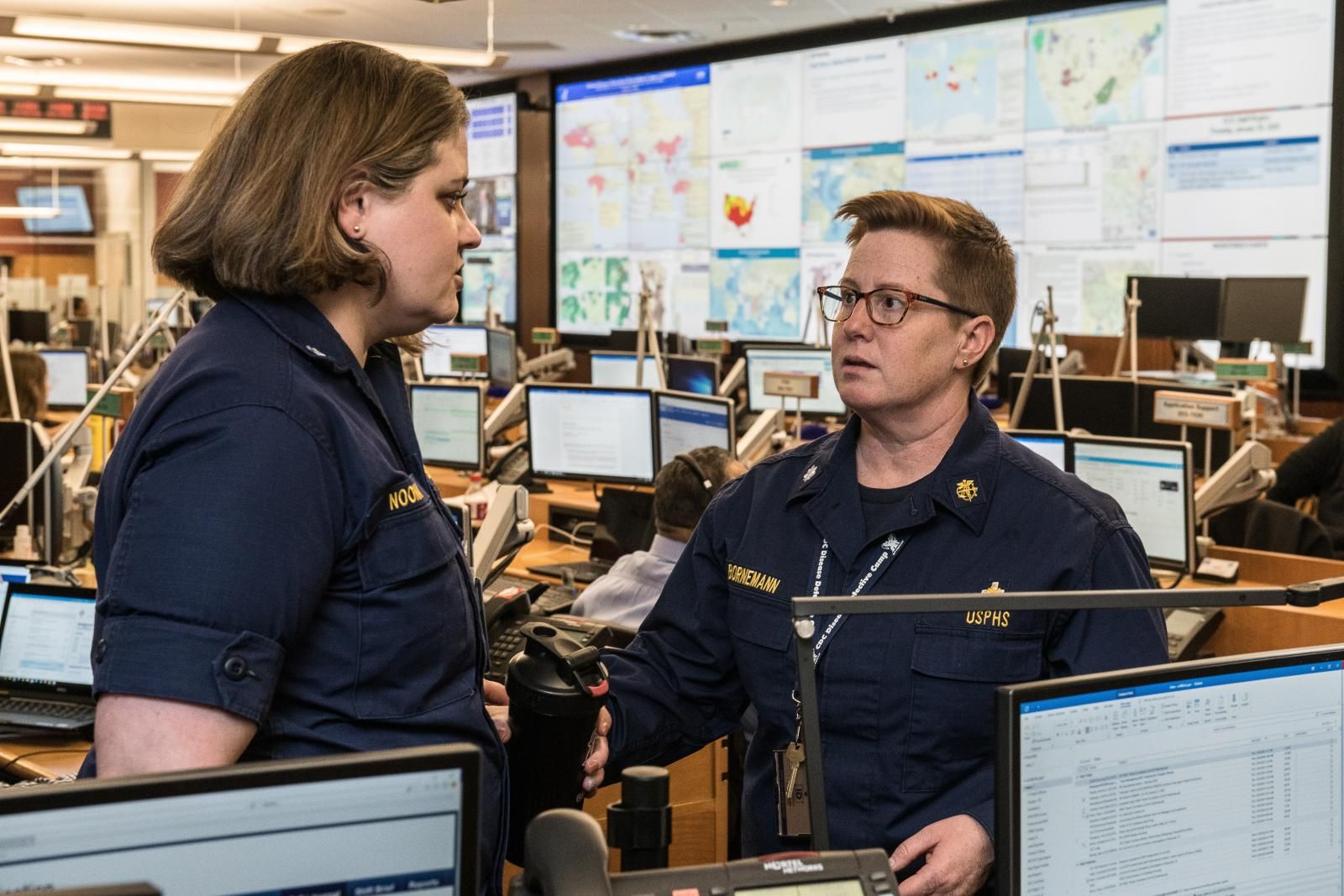Modeling Predicts Contact Tracing Can Contain COVID-19 Despite Relaxed Distancing Measures
Mathematical modeling for tracing COVID-19 contacts can account for likely scenarios of inconsistent physical distancing and quarantine adherence

New mathematical modeling predicts contact tracing strategies can contain COVID-19 even with relaxed physical distancing, incomplete case detection and varied adherence to quarantine measures.
Joshua Salomon, PhD, Center for Health Policy and Center for Primary Care and Outcomes Research, Stanford University School of Medicine, Stanford, CA, and colleagues developed a deterministic branching model for SARS-COV-2 transmission based on individuals' symptom status, detection of infection, and whether they are traced contacts of a known infected person.
“We measured the benefits of contact tracing programs in terms of percentage reduction in Rt (the reproductive number, or mean number of secondary infections from each infection), which do not depend on the starting value of Rt,” Salomon explained to Contagion®. “This enables us to report results in a way that do not have to be contextualized through a model that is calibrated to a particular location.”
Each of the modeling parameters were applied with a number of possible values, based on the findings of epidemiologic studies. The fraction of symptomatic infections detected in the community, for example, could range from 10 to 90%. The fraction of contacts successfully traced in the modeling also ranged for 10 to 90%. The efficacy of isolation and quarantine among traced contacts ranged from 30 to 90%.The modeling also accounted for testing that might include all identified contacts, or only those with symptoms.
Salomon and colleagues reported that when community detection of symptomatic index cases and tracing of contacts were each less than 50%, the tracing program did not reduce Rt by more than 10%. In the modeling scenarios with rates of both testing and tracing greater than 50%, however, testing asymptomatic contacts increased the program benefit by a median factor of 1.28 (range, 1.04-2.07). The relative improvement from a robust tracing program was higher in scenarios when isolation and quarantine efficacy were lower. The contact tracing scenario with greatest benefit reduced Rt by 46%.
The investigators calculated the degree to which a contract tracing program could compensate for relaxed physical distancing measures, to maintain an Rt at the threshold of less than 1.0 that can “flatten the curve” of new infections. In one example, contact tracing enabled containment of the virus even when physical distancing measures achieved 52% of strict criteria.
“To support efforts to control COVID-19, contact tracing must be implemented alongside prompt and extensive community case detection, and a high proportion of contacts must be reached,” Salomon and colleagues advised. “…our estimates imply that contact tracing could support partial relaxation of physical distancing measures but not a full return to levels of contact before lockdown.”
Salomon recognizes the challenges to implementing effective programs, however. “High case numbers are overwhelming health department capacity to do contact tracing given budget and staffing constraints,” he said.
To the question of whether contact tracing apps might assist in the effort, he noted that they have some tradeoffs with respect to accuracy. “While they may be able to provide more detailed information on location and timing of proximity between people, there are aspects of these instances of proximity that are important for understanding the risk of transmission but difficult to measure with apps—such as, if people were masked, or if there were other barriers between them,” Salomon said.
